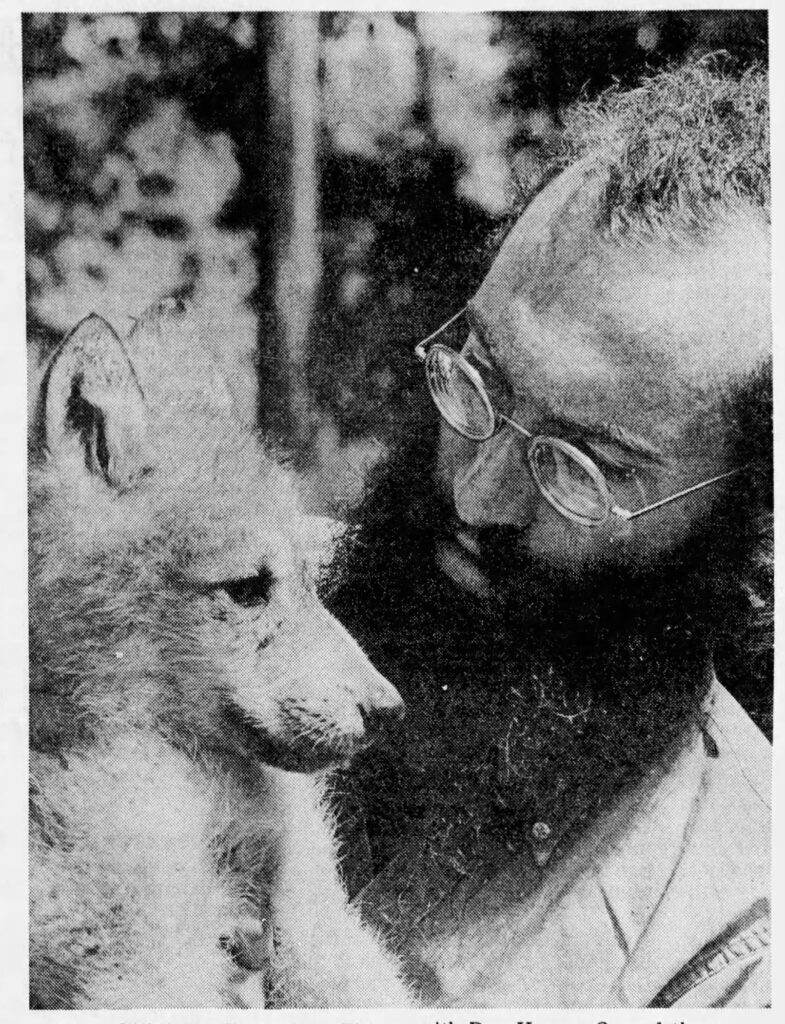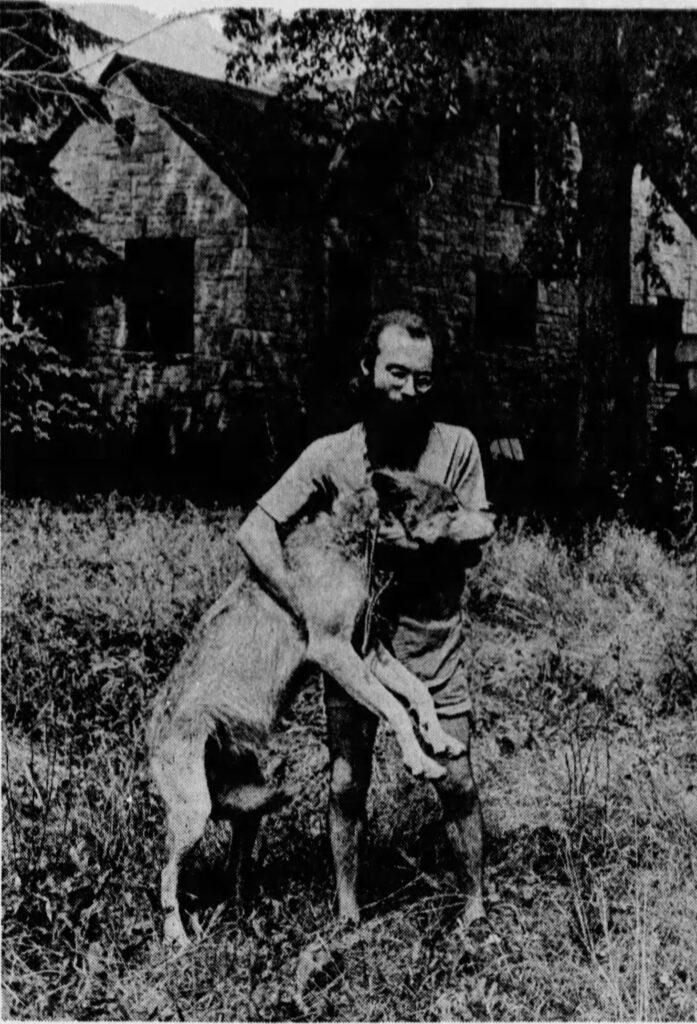In 2022, the Brother Wolf Foundation went international! It happened rather serendipitously while our founder Tamarack Song, along with his mate and co-instructor Lety Seibel and program coordinator Baerbel Ehrig (a.k.a. OdeMakwa), presented a series of workshops and courses in Europe during the summer. A certain magic seemed to follow them throughout their travels — it’s as though they were being tracked by Wolves. First there were chance events, like pulling off the autobahn for a break and running into the German Wolf Center (more on that later). Then there was discovering that Hugh Jansman, the Wolf biologist for Holland’s Animal Ecology Environmental Research Center (WENR), was enrolled in one of their workshops. Mishan Biesbroek, a professional tracker and the only person to date to see a Wolf in the wilds in Holland, was another course participant.
The mentoring skills workshop Lety, OdeMakwa, and Tamarack presented was held at a remote camp in Holland’s Leuvenhorst (Wolf Forest Preserve). It is Holland’s largest wilderness tracked. The three were amazed that in such a small, densely populated country there would be a wild place where you could walk for two days without crossing a road. AND being home to three of Holland’s four established Wolf packs, it is the epicenter of Wolf activity.
On the last day of the workshop there, one of the packs passed so near the camp and left such conspicuous sign that it was as though they deliberately did it for us to discover.
By the way, Holland — miraculously — now has forty Wolves: eleven in the mother pack, nine in the other three packs, and another twenty lone Wolves. And speaking of miracles, Germany currently has 170 packs spread across the northern half of the country, along with loners and several other isolated packs spread throughout the rest of the land, which is a fantastic success story considering it all occurred only since 2000.
The Captivating German Wolf Center
The three worked a visit to their “chance “discovery, the German Wolf Center, into their tight schedules. They met with Christina Fass, who with Frank Fass founded the Center. Right away Christina and Tamarack connected, as they each lived with a pack of Wolves, which was a turning point in their lives. They shed tears together as they acknowledged how rare it was to find someone else — even amongst those closest to them — who truly knew what it meant to have other-than-human people as your primary family. And to experience the tragedy and traumatization of that family crumbling before you while you stood helplessly by.
The German Wolf Center is dedicated to working with public opinion and livestock management practices, so that Wolves can coexist with humans in modern Europe. With extensive educational exhibits, guided tours of the five yards housing Eurasian and White Arctic Wolves, and the opportunity to stay in tree house hotel units hovering over the Wolf yards, the Center is a one-of-a-kind world-class labor of love and dedication by Christina, Frank, and their stellar support team.


